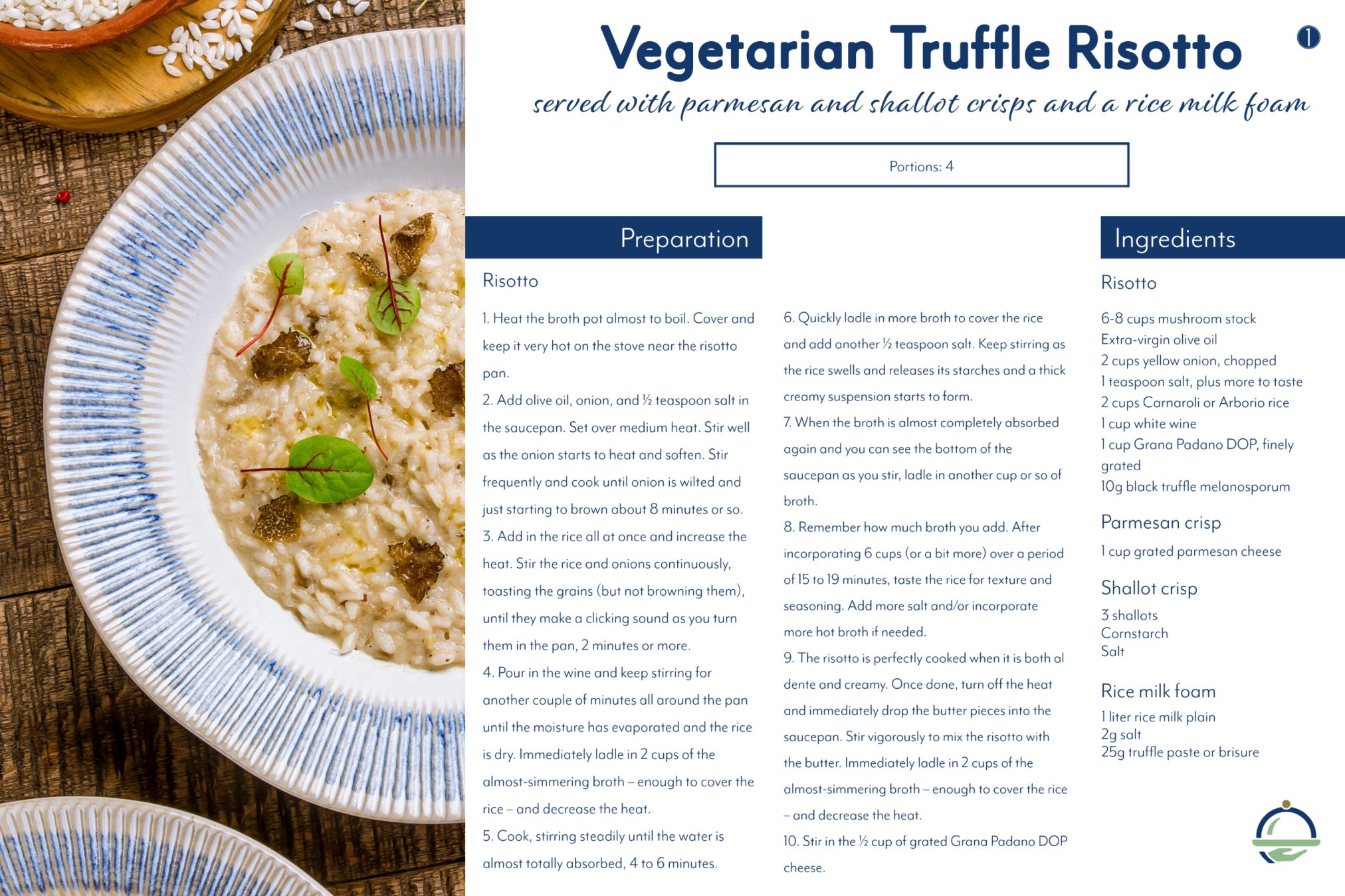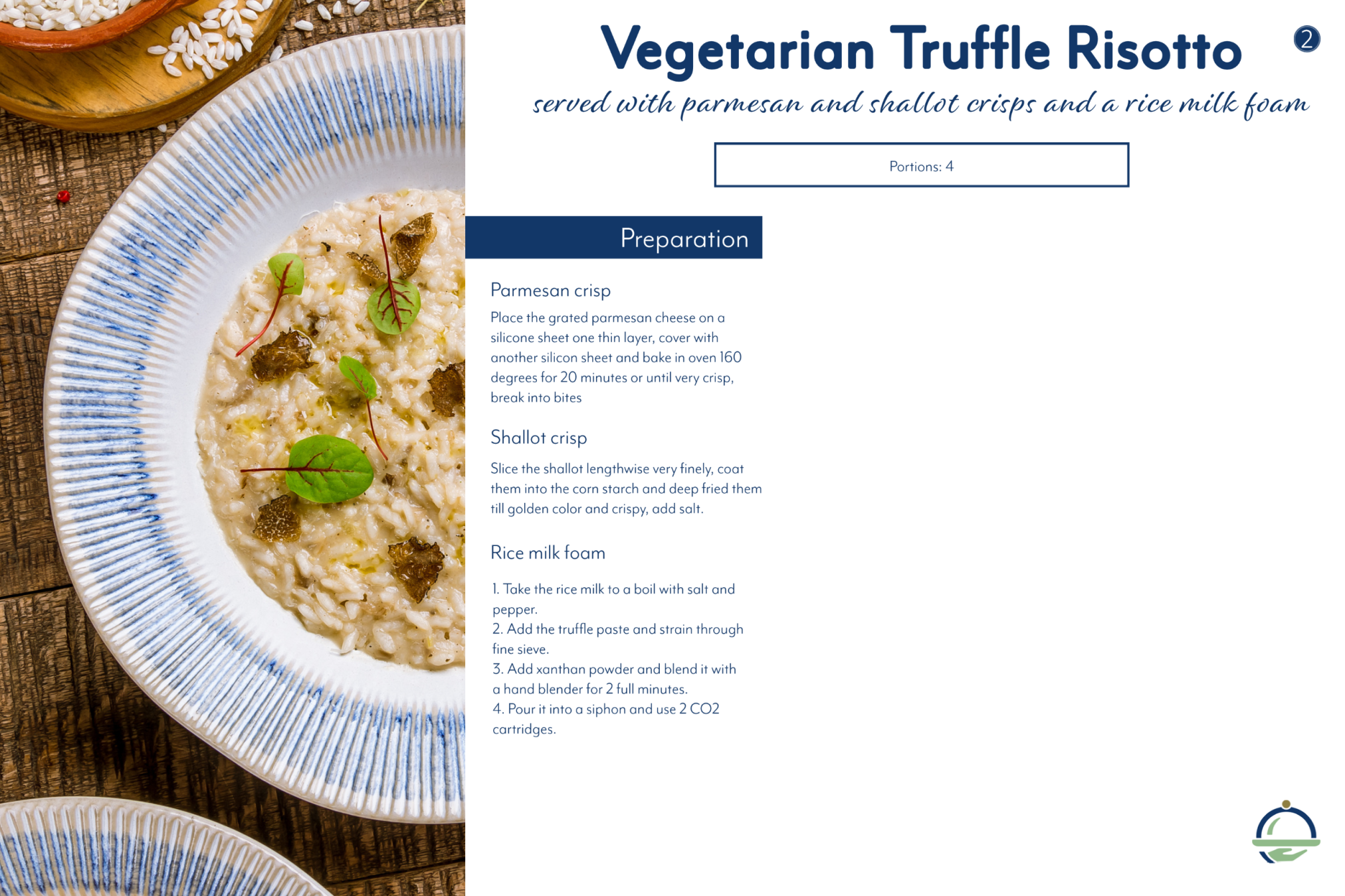What are truffles?
Truffles are an edible fungi, that belong in the mushroom family, but they are not mushrooms. One of the biggest differences is that mushrooms grow above ground, while truffles grow underground.
Because they grow underground, dogs are used to “hunt” for truffles.
They have an earthy, funky smell, and a unique, rich, umami flavour.

Why are truffles so expensive?
There are a few different reasons why truffles are so expensive – they are seasonal, are cultivated over several years and are very difficult to grow. Because of that they are always in short supply.
They are frequently found in wooded areas since they need a very specific environment and a lot of oak trees to develop. Truffles are not always guaranteed to develop, even in the ideal growing environment. They require labor-intensive hunting because each truffle must be dug up by hand. It takes 4 years on average after planting a truffle orchard before you see a harvest, making it a very risky venture.
In the United States, for instance, they’ve been cultivating them for 35 years at a 98% failure rate.
The most expensive truffle is the Tuber Magnatum Pico, commonly known as Italian White Truffle, with an average price of €4000 – €5000 per kilogram. The prices depend on how the harvest was that year. Currently, the harvest has been going down steadily for the last century, which is another reason why truffles are so expensive.

Truffle season is short, and they vary depending on the type of truffle. The White and Burgundy truffles are harvested from September to December and Winter Black Truffles from December to March, Summer Black and White Truffles from May to August. They also have an extremely short shelf life. Although they are sometimes frozen or canned, fresh truffles are supposed to be eaten within 4 to 6 days once they are taken out of the ground.
Climate Change
Even though truffles grow underground, they like their environment to be cold and wet, and sadly the regions where they normally grow are being highly affected by climate change, as they are becoming drier, significantly hotter, and have more extreme weather, with droughts being a common occurrence. In 1890 a total of 2200 tons of truffles were harvested in the world. In 1914, the harvest was down to 300 tons. Nowadays, the harvest stays between 25 and 150 tons.
How they are eaten
There are several products nowadays that are truffle flavoured, such as oil, salt, butter, etc. The key here is to make sure they are not only artificially flavoured but made with real truffle.
Fresh truffles are usually just shaved on top of dishes – a little goes a long way.
Signature Dishes
Lastly, two special recipes created by COLUMBIA Signature’s Corporate Chef, Yannick Peltier: Ouef cocotte aux truffes and Vegetarian Truffle Risotto.






